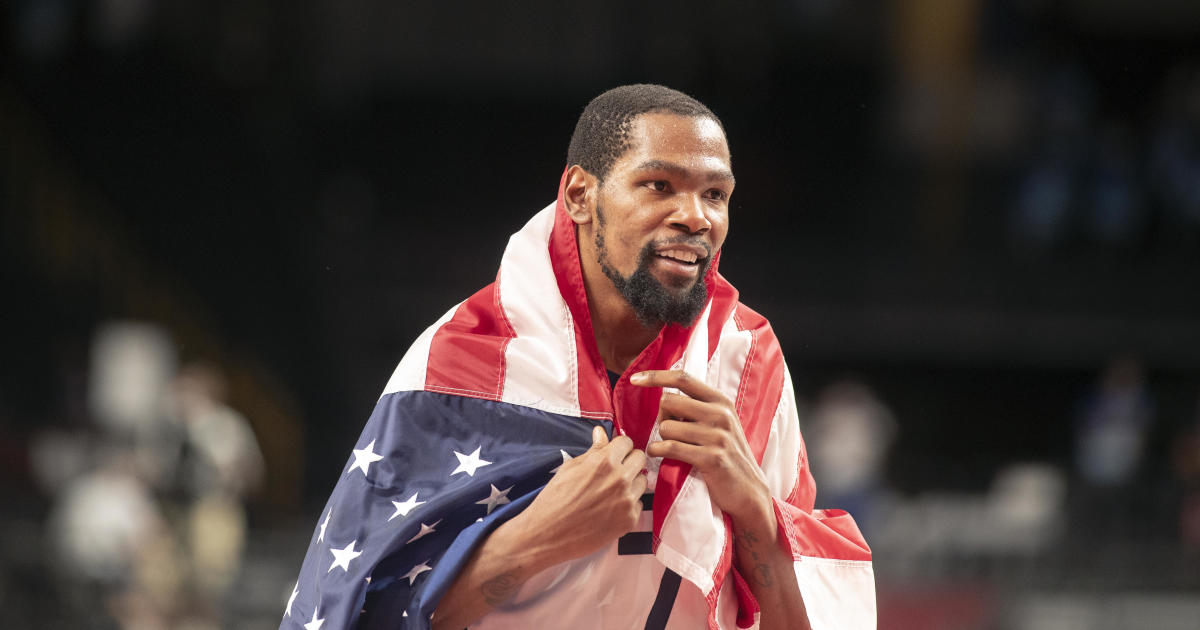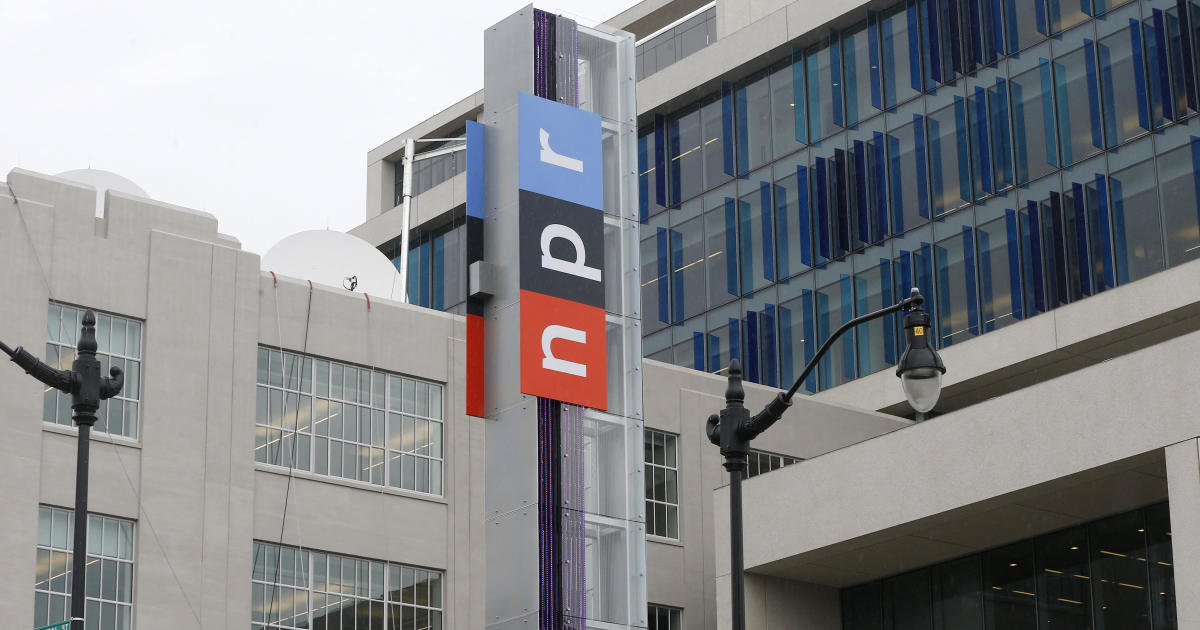Japanese Prime Minister Abe offers "everlasting condolences" at historic visit to Pearl Harbor
HONOLULU -- Putting 75 years of resentment behind them, the leaders of the United States and Japan came together at Pearl Harbor for a historic pilgrimage to the site where the bloodshed of the surprise attacks drew America into World War II
Speaking alongside President Obama, Japanese Prime Minister Shinzo Abe offered condolences for the lives lost here in 1941.
“I offer my sincere and everlasting condolences to the souls of those who lost their lives here, as well as to the spirits of all the brave men and women whose lives were taken by a war that commenced in this very place,” Abe said, adding that he was “rendered entirely speechless” when he contemplated the deaths of so many U.S. service members.
Abe’s visit Tuesday with President Barack Obama is powerful proof that the former enemies have transcended the recriminatory impulses that weighed down relations after the war, Japan’s government said. Although Japanese leaders have visited Pearl Harbor before, Abe became the first visit the memorial that now rests on the hallowed waters above the sunken USS Arizona.
“On behalf of the Japanese people, I hereby wish to express once again my heartfelt gratitude to the United States and to the world for the tolerance extended to Japan,” Abe said. “...Japan and the United States, which fought a fierce war that will go down in the annals of human history, have become allies with strong ties rarely found anywhere in history.”
For Obama, it’s likely the last time he will meet with a foreign leader as president, White House aides said. It’s a bookend of sorts for the president, who nearly eight years ago invited Abe’s predecessor to be the first leader that Obama hosted at the White House.
Mr. Obama also nodded to the strength of the U.S.-Japan relationship, calling Japan a “cornerstone of peace and stability in the Asia-Pacific and a force for progress around the globe.”
“Our alliance has never been stronger,” he said. “In good times and bad, we are there for each other.”
For Abe, it’s an act of symbolic reciprocity, coming six months after Obama became the first sitting U.S. president to visit Hiroshima in Japan, where the U.S. dropped an atomic bomb in hopes of ending the war.
“This visit, and the president’s visit to Hiroshima earlier this year, would not have been possible eight years ago,” said Daniel Kritenbrink, Obama’s top Asia adviser in the White House. “That we are here today is the result of years of efforts at all levels of our government and societies, which has allowed us to jointly and directly deal with even the most sensitive aspects of our shared history.”
More than 2,300 Americans died on Dec. 7, 1941, when more than 300 Japanese fighter planes and bombers attacked. More than 1,000 others were wounded. In the ensuing years, the U.S. incarcerated roughly 120,000 Japanese-Americans in internment camps before dropping atomic bombs in 1945 that killed some 140,000 people in Hiroshima and 70,000 in Nagasaki.
Abe did not apologize for Pearl Harbor. Nor did Obama apologize at Hiroshima in May, a visit that he and Abe used to emphasize their elusive aspirations for a nuclear-free future.
No apology needed, said 96-year-old Alfred Rodrigues, a U.S. Navy veteran who survived what President Franklin D. Roosevelt called a “date which will live in infamy.”
“War is war,” Rodrigues said as he looked at old photos of his military service. “They were doing what they were supposed to do, and we were doing what we were supposed to do.”
After a formal meeting in the morning, Obama and Abe lay a wreath aboard the USS Arizona Memorial, which is accessible only by boat. Then they went to nearby Joint Base Pearl Harbor-Hickam, where both leaders will speak.
Obama and Abe signed off on the visit last month when they met in Peru on the sidelines of an economic summit. Though the parallels with Obama’s Hiroshima visit are palpable, both governments said one visit wasn’t contingent on the other.
Caroline Kennedy, the U.S. ambassador to Japan, told CBS News the mutual visit is about both nations finding peace. “I think that what they really are doing is showing their respect to those who sacrificed and I think that that’s really so powerful,” she said.
Abe’s visit is not without political risk, given the Japanese people’s long, emotional reckoning with their nation’s aggression in the war. Though the history books have largely deemed Pearl Harbor a surprise attack, Japan’s government insisted as recently as this month that it had intended to give the U.S. prior notice that it was declaring war and failed only because of “bureaucratic bungling.”
“There’s this sense of guilt, if you like, among Japanese, this ‘Pearl Harbor syndrome,’ that we did something very unfair,” said Tamaki Tsukada, a minister in the Embassy of Japan in Washington. “I think the prime minister’s visit will in a sense absolve that kind of complex that Japanese people have.”
Since the war, the U.S. and Japan have built a powerful alliance that both sides say has grown stronger during Obama’s tenure. There are questions about what the relationship will look like under President-elect Donald Trump.
During the campaign, Mr. Trump suggested that Japan and South Korea should obtain nuclear weapons so the U.S. would no longer be burdened with costs of defending them, a disquieting notion in many Asian capitals. But after Mr. Trump’s election, Abe became the first foreign leader to meet with him, sitting down in Trump Tower with the business mogul and Trump’s daughter, Ivanka.
Though no other Japanese prime minister has visited the USS Arizona Memorial, former Japanese leader leader Shigeru Yoshida visited Pearl Harbor in 1951, six years after Japan surrendered. He stopped there on his way home from signing the San Francisco peace treaty with the U.S. and others, and paid a courtesy visit to the office of Adm. Arthur W.R. Radford.
Other prime ministers have since visited Pearl Harbor and the National Memorial Cemetery of the Pacific, known as Punchbowl.



